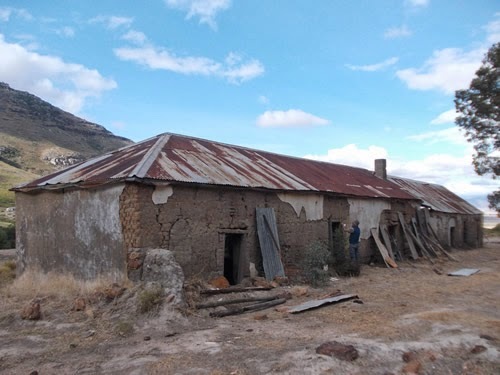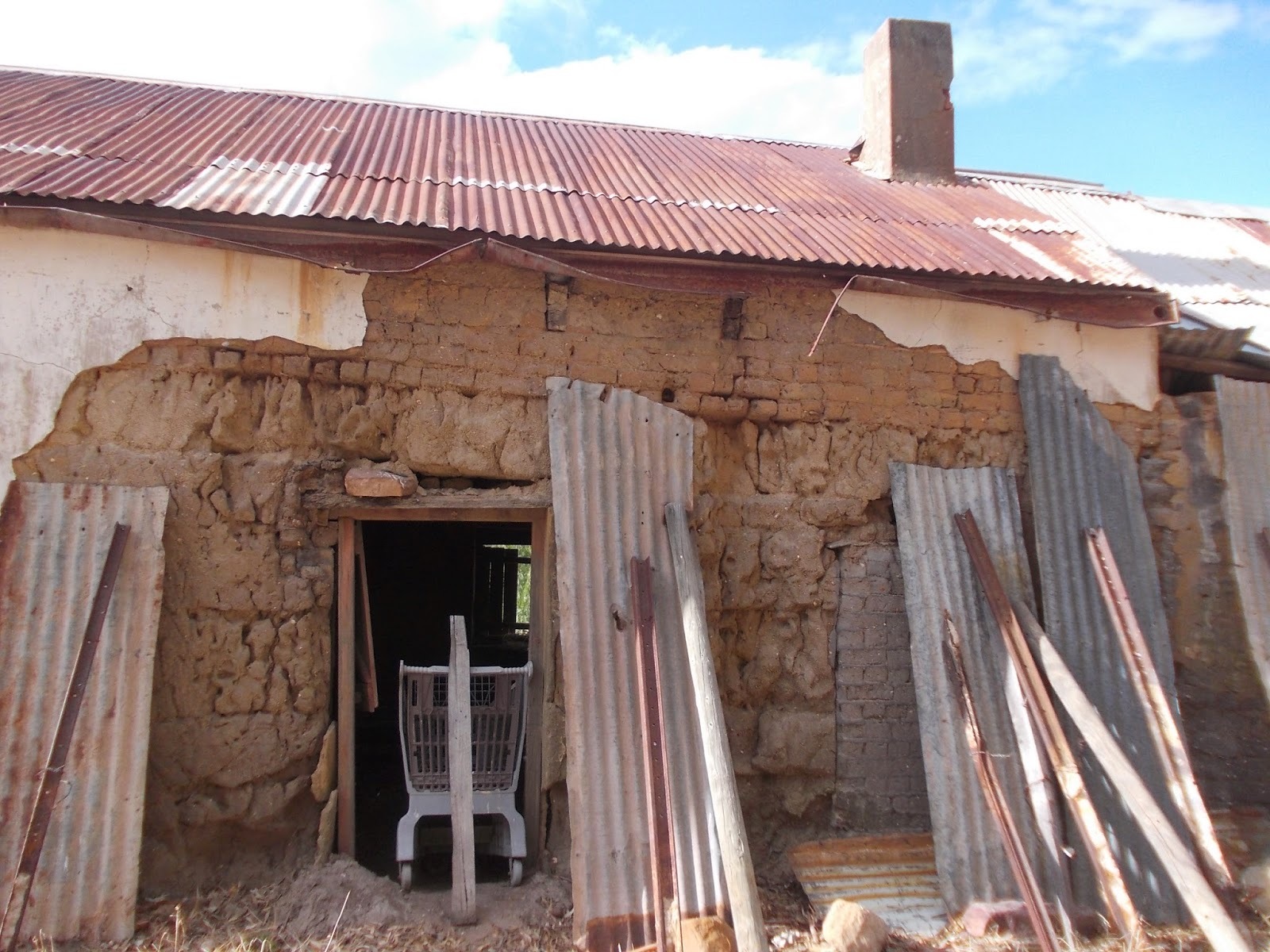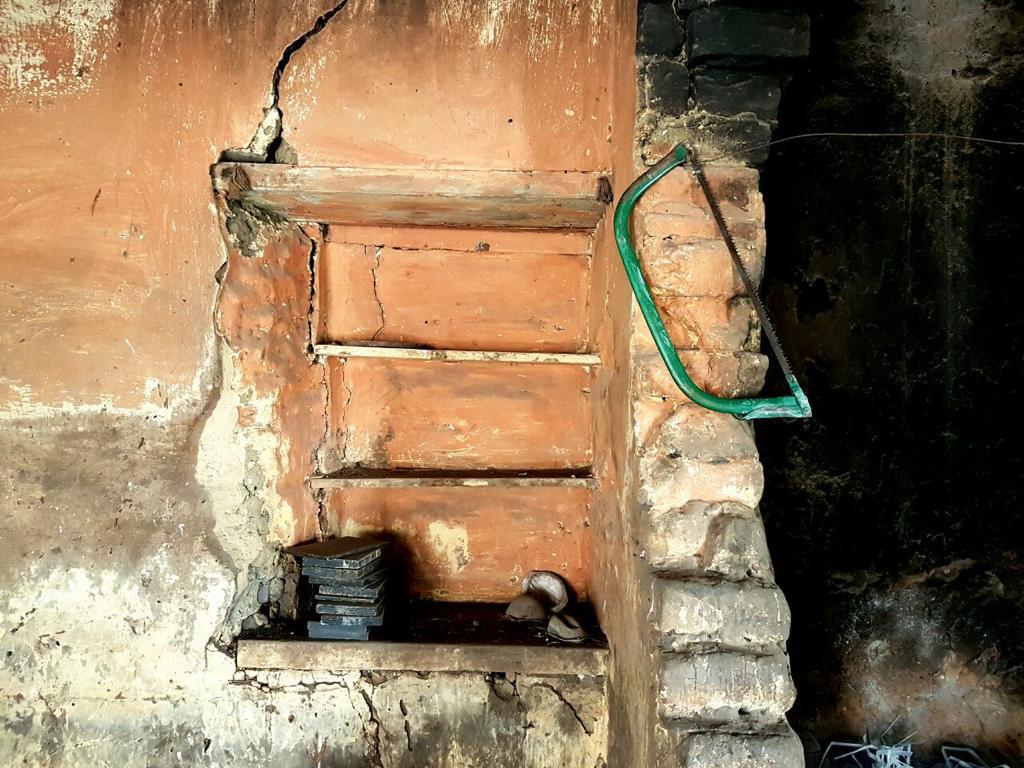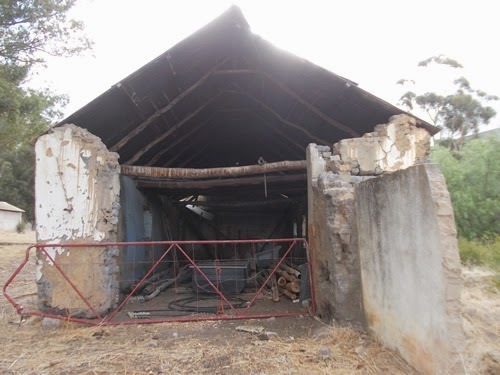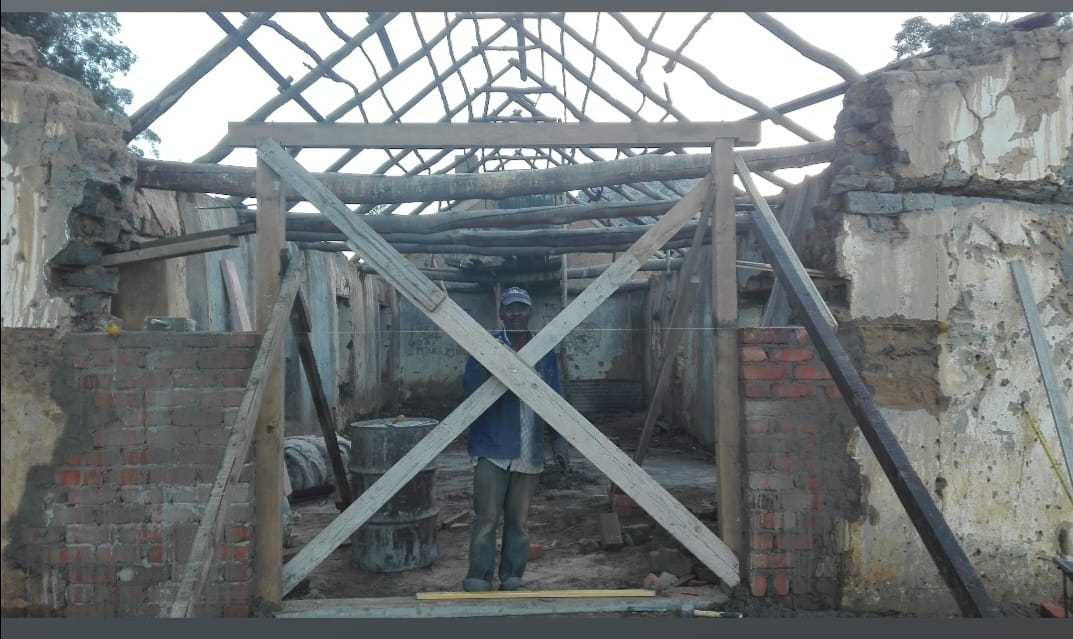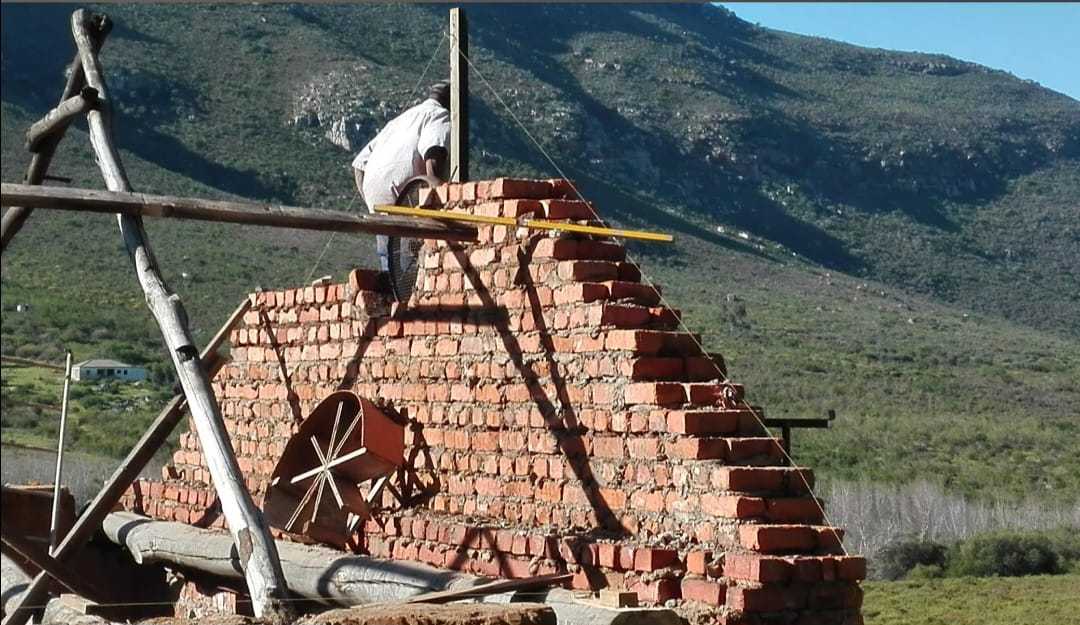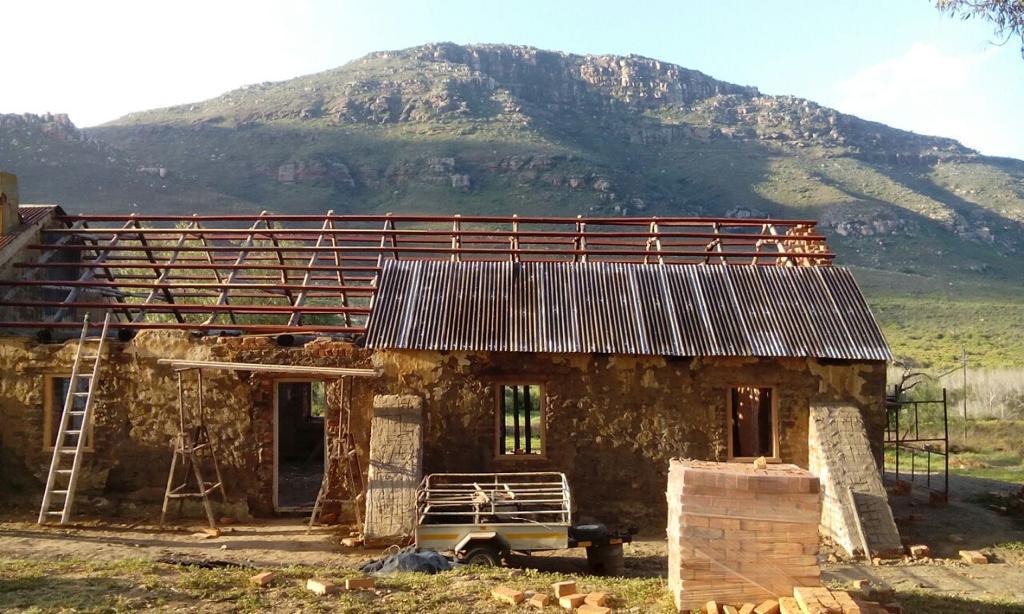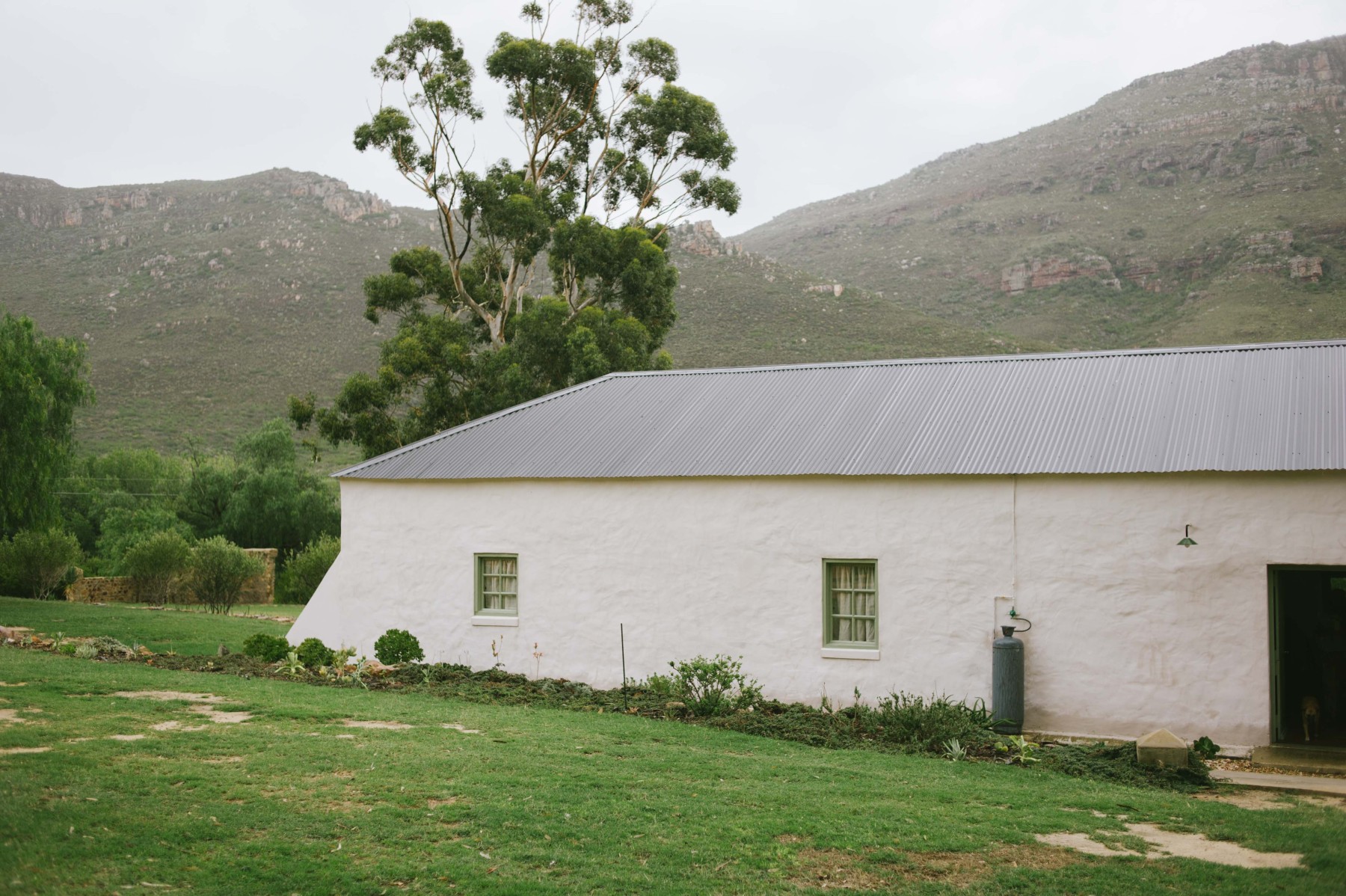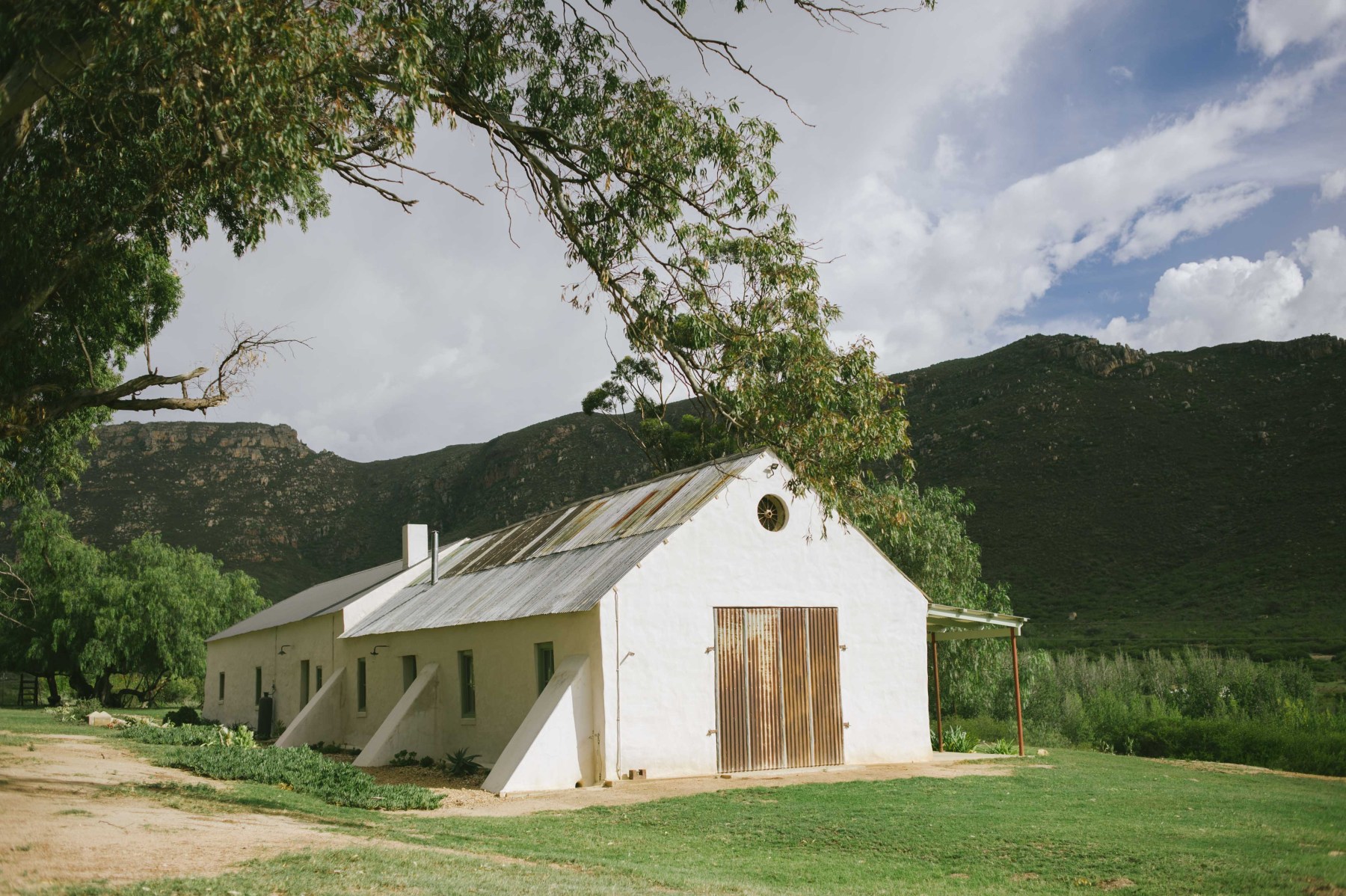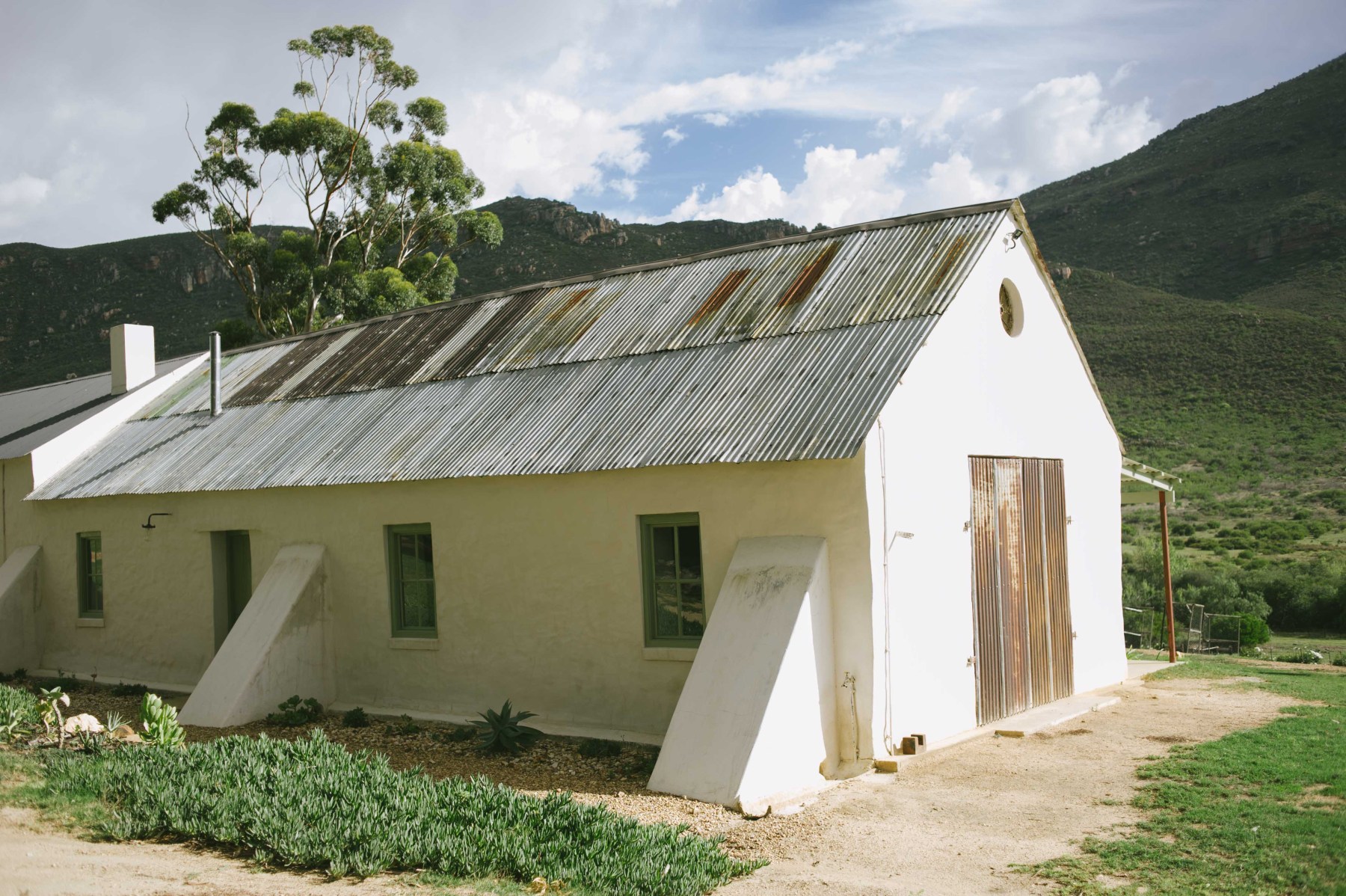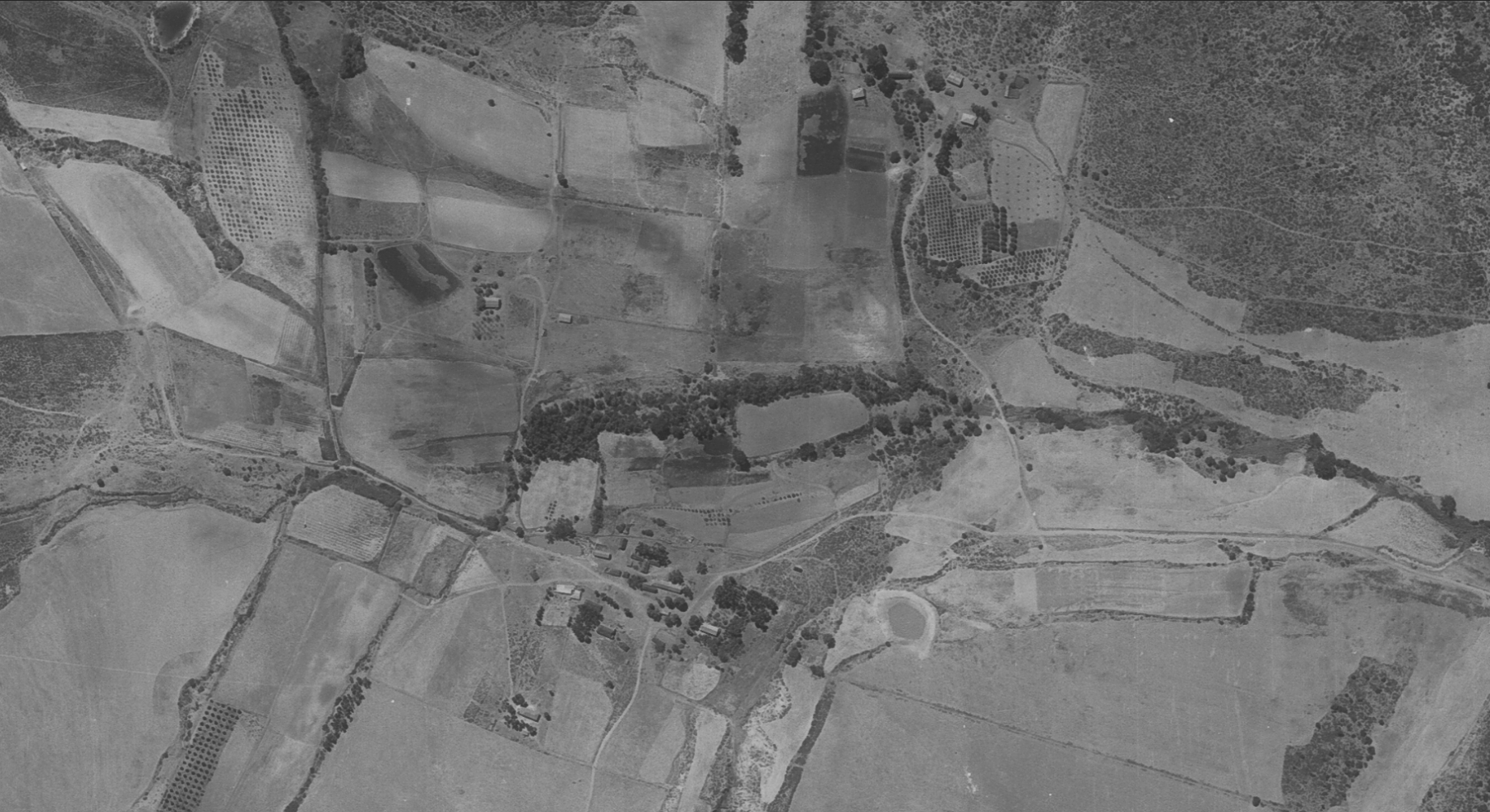Historically known as Droëgeryskloof or Droëryskloof, the valley in which Wagenpad is situated has a long human history. The name “wagenpad” refers to the old wagon path leading through the kloof and over the saddle as a shortcut into Moutonshoek, Kapteinskloof or Verlorenvlei which leads to Elandsbaai.
The first inhabitants of the kloof were San hunter-gatherers and Khoekhoen pastoralists, who lived on the plains to the Southwest of the Cederberg mountains for centuries, and whose historical presence is evidenced by the rock paintings and stone tools found on Wagenpad.
European settlers, mostly families of Dutch descent, arrived in the Sandveld in the late seventeenth century, displacing indigenous peoples as they moved North. They started producing wheat and farming with cattle and sheep in the area to supply the Dutch East India Company in the Cape. One of these families, the Smit’s came to own large parts of the Sandveld and acquired Droëgeryskloof in the 1730’s. In 1839, the farm portion “Wagenpad” was given to Johanna Smit, who lived in a large T-shaped house in the center of the valley. This T-shaped house was built with clay bricks and had a thatch-roof and its ruins can still be seen in the center of the valley.
By the early 20th century, the kloof had developed into a small settlement with as many as 200 inhabitants, a shop, school and post-office. In 1939 it was formally subdivided into 11 separate portions.
In the wake of the great depression in the 1930’s and throughout the middle of the century, the South African countryside gradually depopulated as many people left rural areas to look for opportunities in the towns and cities. The latter half of the 20th century also saw increased mechanization, the a gradual removal of state support for agriculture and an increase in exposure to international competition, making small-scale farming more and more difficult in the harsh Sandveld environment.
Over time, the separate portions in the valley (Sitmaarso, Môrewag, Wagenpad, Rooiheuwel, Keurbos and Waterval) were consolidated into one. However, by the late 20th century the land was lying all but fallow and most of the buildings had become very run down.

The le Roux family’s custodianship over the kloof began in 2007, when the family, together with other family members acquired the farm. Pierre started a process of ‘rewilding’ of the fallow agricultural lands in the upper reaches of the farm. Barbed wire camps were removed and large areas of alien invasive trees were cleared with the help of the Working for Water program. With a focus on species that are indigenous to Sandveld area, Cape Mountain Zebra, Springbok, and Bontebok were re-introduced to the kloof. Leopards also regularly pass through the area and black-eagles nest in the cliffs above the valley.
In tandem, a long and on-going labour of love was started with the restoration of the buildings on the farm using traditional materials and methods. This process was overseen by Pierre and Patrick Carter with the able help of Patrick Freyer, Jonkies and Lionel Goliath and Tot van Wyk. Some of the buildings date back to the 19th century and have been documented by the Vernacular Architecture Society of South Africa.
The long history of the kloof and the marks left on it by the many people who have lived out their lives here are a reminder that we are all but custodians of the land for the benefit of future generations.
Bibliography and further reading:
The writing of this short page greatly benefited from the work of the people of the Vernacular Architecture Society of South Africa, who completed a fascinating study of the Sandveld’s unique cultural and architectural heritage, available here. In addition, our understanding of the kloof’s past is indebted to the rich storytelling of Tot van Wyk and Jonkies Goliath.
Thomas Guy’s Masters Dissertation: An investigation of the regional expression of the vernacular architecture and cultural landscape in the Sandveld
L.A Wildenboer’s article on the origins of the name “Droëryskloof”
Pieter Schoonees. 2007. Piketberg: Die skuins dorp met regop mense. (Available at the Piketberg Museum)
Comments and suggestions are welcome.
